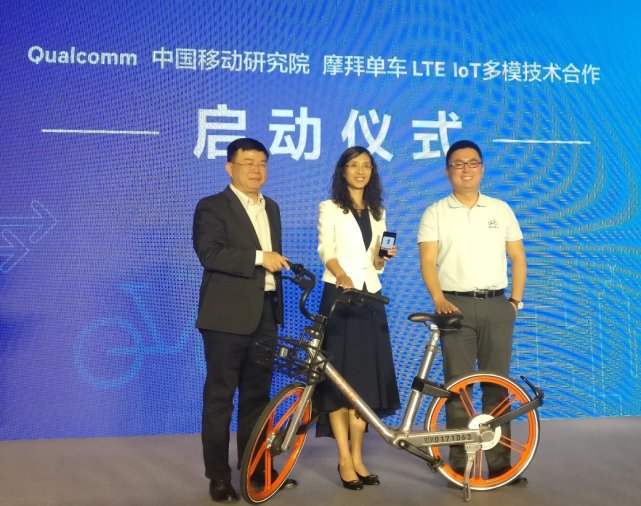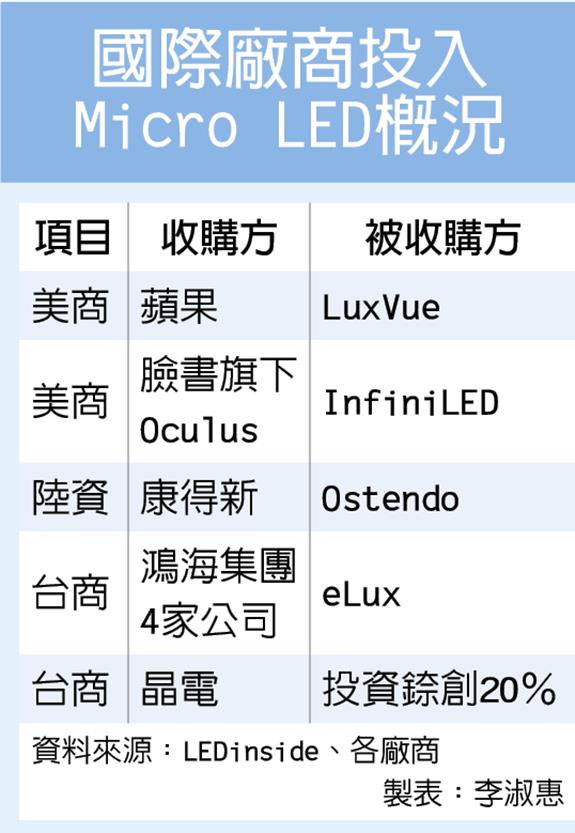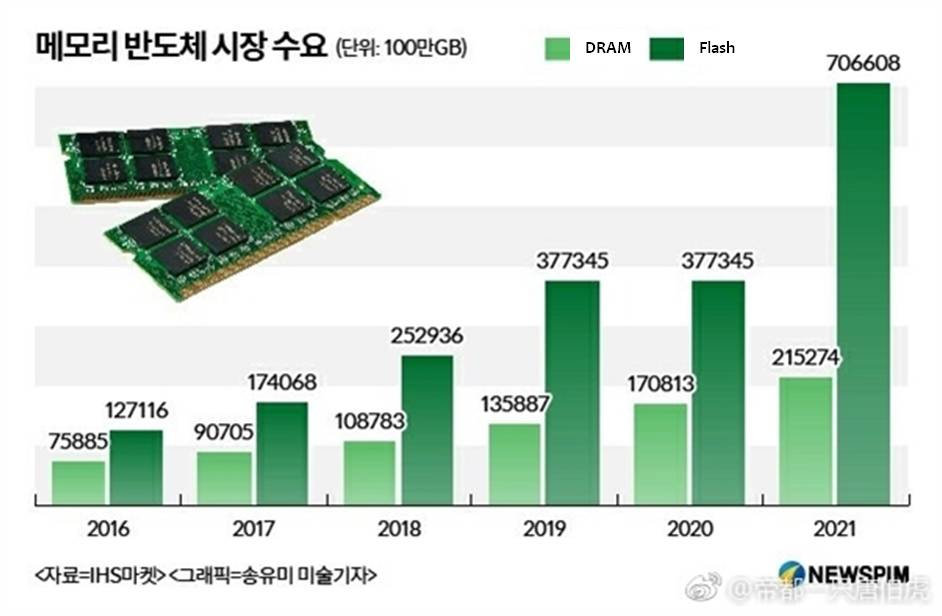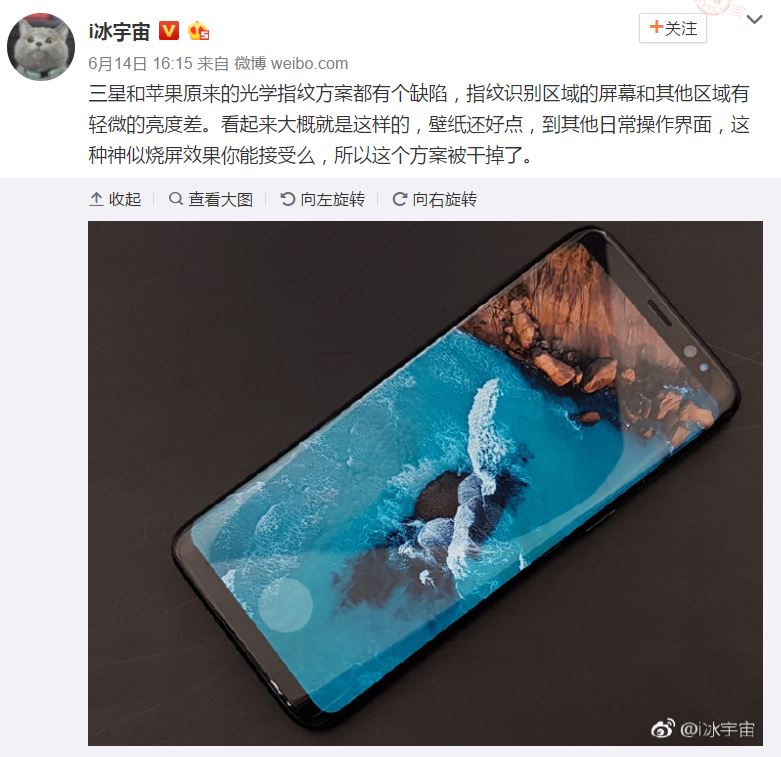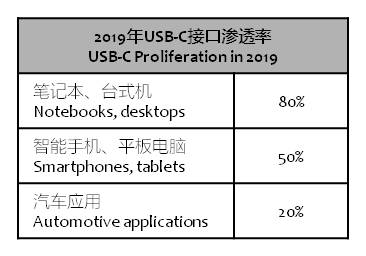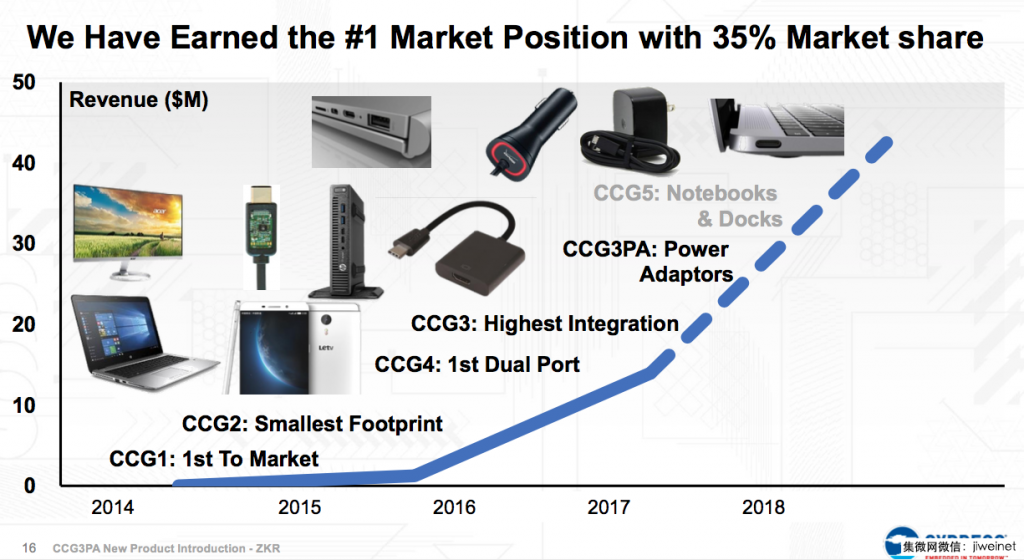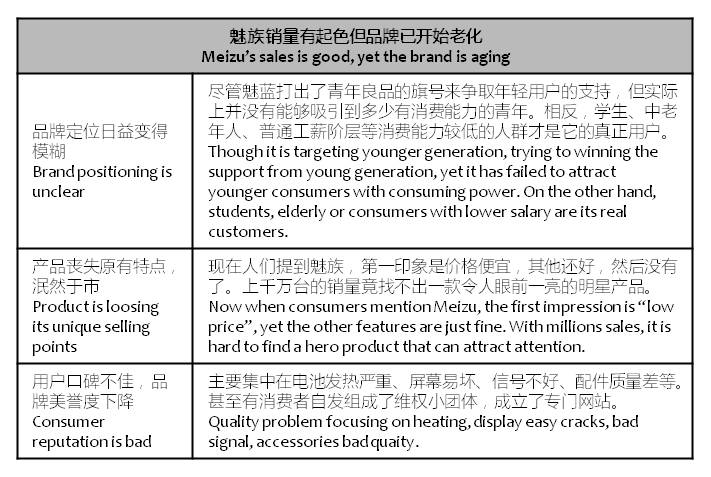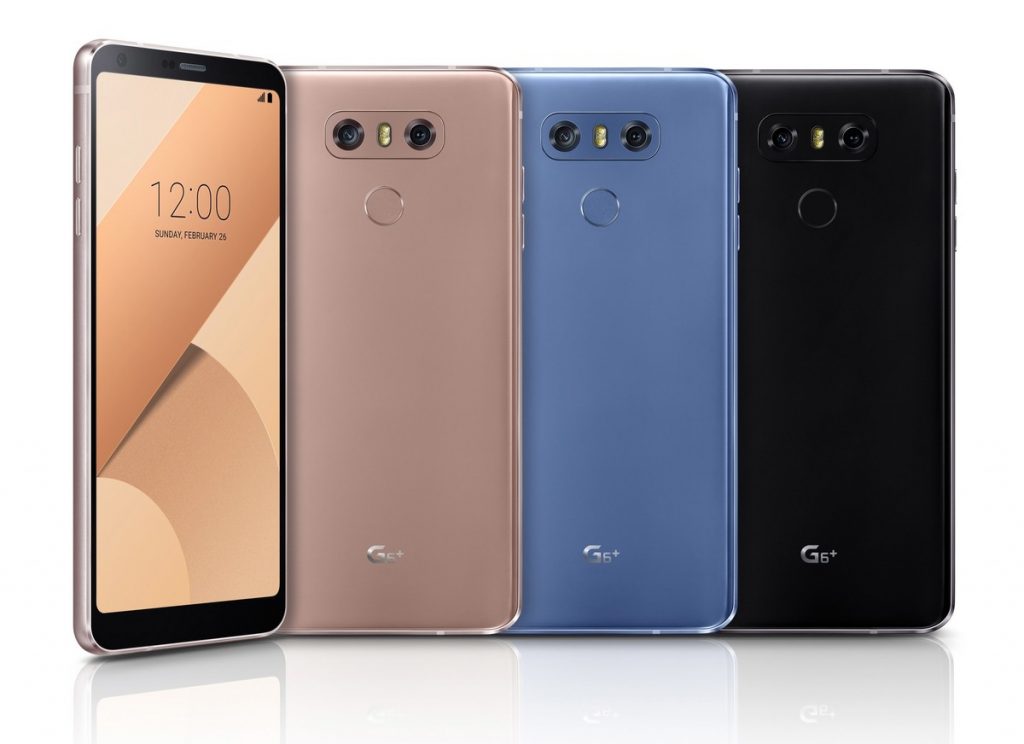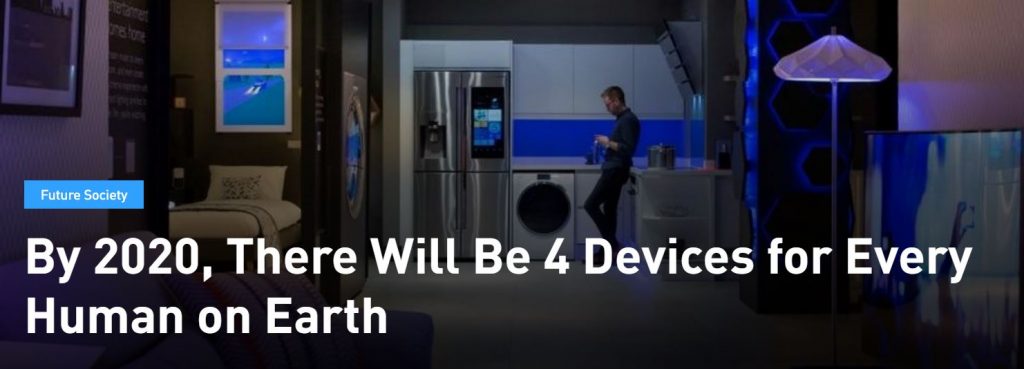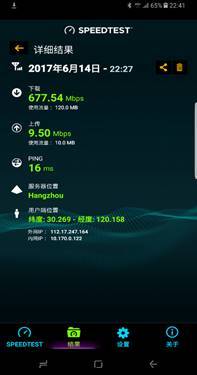
06-19: LG Electronics reportedly has halted development of its own SoC; It still needs 3~5 years for Micro LED to enter real mass production; etc.
Chipsets
LG Electronics reportedly has halted development of its own SoC, because the performance is below expectation, and LG’s smartphone sales might not able to absorb the costs of own SoC. In Oct 2016, Intel has signed a manufacture deal with LG to manufacture its own SoC, and now it seems this deal is meaningless. (Laoyaoba, TechNews)
Qualcomm plans to commence the first eMTC/NB-IoT/GSM (LTE Cat M1/NB1 and E-GPRS) multimode field trials in China, with China Mobile Research Institute (CMRI) and bike sharing company, Mobike. The field trials’ plans contemplate making use of China Mobile’s 2G/4G multimode network and Mobike’s smart lock, supported by the Qualcomm’ MDM9206 global multimode LTE modem for IoT applications. (Qualcomm, Fierce Wireless, Tencent, IT Time, Sohu)
Touch Display
Apple, Foxconn have started investing in Micro LED. However, for real mass production and commercialization, there are still 5 obstacles: technical, equipment, cost, supply chain and market demand. LED vendors and panel vendors keep conservative view, believing that it still needs 3~5 years for Micro LED to enter real mass production. (CTEE, Laoyaoba)
Camera
With the help from the regional government, Jiangxi Holitech is allegedly expanding its camera module production capability with 40~50 production lines, even though a COB production line requires at least CNY10B. There is rumor Mainland China camera module vendors reduce their profit margin to only 1%~2% to attract customers. (Laoyaoba, Digitimes)
Memory
IHS indicates that the demand of DRAM and Flash in the coming 5 years will be increased 3~6 times. The demand is driven by AI, IoT, and in addition to consumer electronics, huge data center is another huge demand. (Sohu, CN Beta)
Toshiba is reportedly lagging behind rival chip makers in securing 2018 supply of silicon wafers. Toshiba remains two months behind market leader Samsung Electronics in developing 3-D NAND chips, which are used in Apple’s iPhones. (WSJ, ChinaZ, Laoyaoba, Fox Business)
Biometrics
Samsung Electronics reportedly may be struggling to embed optical fingerprint readers into mobile display panels due to the fact that the current technology has a tendency to cause brightness imbalance issues. (Phone Arena, Android Headlines, Weibo, CN Beta)
Connectivity
China Mobile in collaboration with Qualcomm has succeeded in field trial of TD-LTE based “4G+” network in Zhejiang Hangzhou. The downlink speed has exceeded 700Mbps, while the average speed is 680Mbps. (CN Beta, Laoyaoba)
IHS estimates, excluding cables and other accessories, by 2019 there would be 200M units of devices with USB connector, with CAGR of 231%. USB-C market leader Cypress announces a power delivery (PD) new USB-C controller EZ-PD CCG3PA, which supports PPS and Qualcomm’s QC4.0 protocol’s PD 3.0 standard. (Laoyaoba, Laoyaoba, EEPW, PR Newswire)
Smartphones
IHS analyst Kevin Wang indicates that 2Q17 Xiaomi shipment will reach 23M units, and expects 28M in 3Q17. It is an amazing jump from 13MP in 1Q17, thanks to its Mi 6. (My Drivers, Sohu, Gizmo China)
Based on Meizu’s official data, in 2015 has reached 20M units, 350% increased on year, and in 2016 the sales has reached 22M units. However, even with this good sales numbers, Meizu’s brand is facing aging problem. (My Drivers, Huxiu, article, IT Time)
LG G6 Plus is official – 5.7” QHD+ display, Qualcomm Snapdragon 821 processor, rear dual 13MP-13MP + front 5MP cameras, 6GB RAM, 128GB storage, Android 7.0, USB C connector, Qi Wireless Charging, 3300mAh battery. (Android Authority, Android Central)
Internet of Things
Kuka, Germany’s largest maker of industrial robotics, plans an ambitious move into the world of personal assistant robots with the help of Midea, the Chinese appliance maker that acquired it for EUR4.5B in 2016. (CN Beta, Financial Times)
According to Business Insider, by 2020, more than 24B internet-connected devices will be installed globally — that is more than 4 devices for every human on earth. The Internet of Things first came to us on PCs. Then it moved to smartphones, tablets, smartwatches, and TVs. (Futurism, Business Insider, Laoyaoba)
